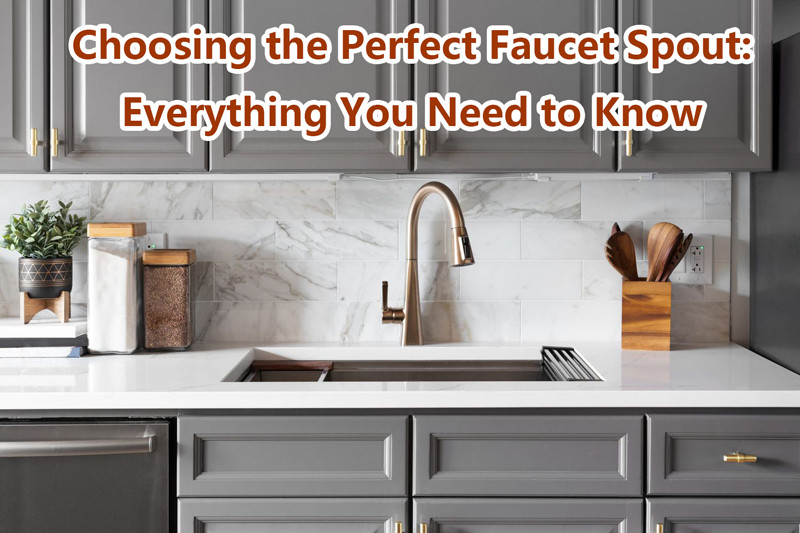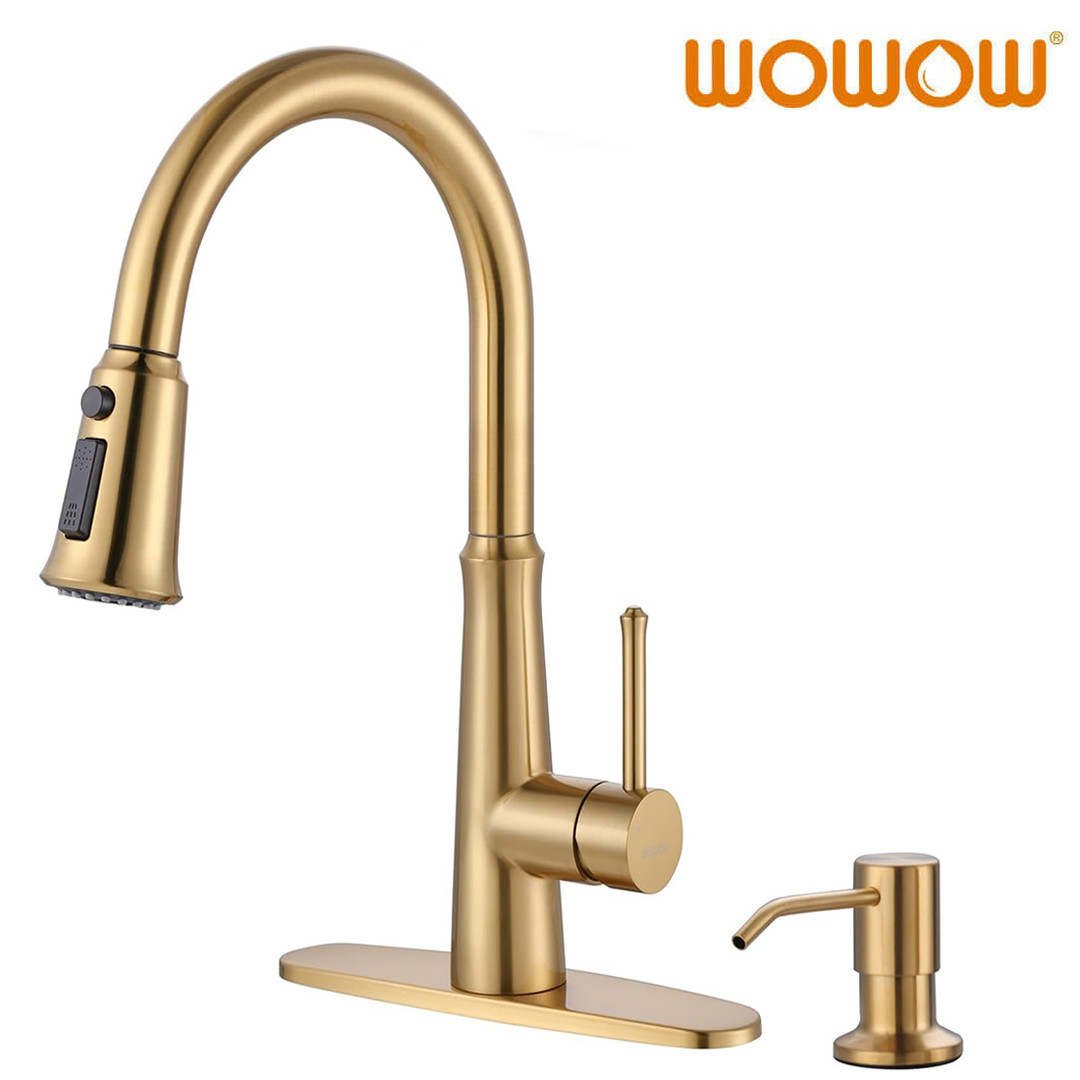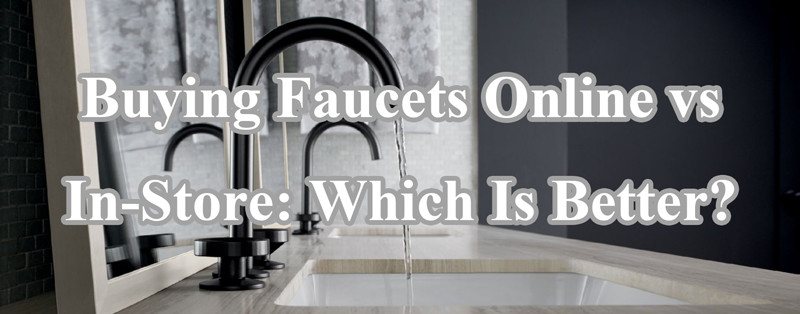
Faucet spouts are an essential component of any sink, whether in your kitchen, bathroom, or utility room. They not only serve a functional purpose but also play a significant role in the overall aesthetic of your space. Understanding the different types of faucet spouts, their materials, installation methods, and maintenance requirements can help you make an informed decision when choosing or maintaining a faucet. Here’s what you should know about faucet spouts:
Types of Faucet Spouts
- Straight Spout:
- Description: This is the most basic and common type of faucet spout. It extends straight out from the base.
- Pros: Simple, functional, and often the most affordable option. They are easy to install and work well in most settings.
- Cons: Limited reach and height, which can be inconvenient when filling large pots or washing bigger items.
- Gooseneck Spout:
- Description: This spout curves upward in a high arc, resembling a goose’s neck.
- Pros: Provides ample space underneath for filling large pots and washing bulky items. They also add a stylish and modern look to your sink area.
- Cons: Can splash more if the sink is shallow. Often more expensive than straight spouts.
- Pull-Down and Pull-Out Spouts:
- Description: These spouts have a spray head that can be pulled down or out for more flexible use.
- Pros: Versatile and convenient for cleaning and rinsing. Ideal for multitasking in the kitchen.
- Cons: More complex installation and higher maintenance requirements due to the hose mechanism.
- Wall-Mounted Spouts:
- Description: These spouts are mounted on the wall rather than on the sink or countertop.
- Pros: Saves counter space and provides a unique, sleek look. Easier to clean around the sink area.
- Cons: More challenging to install and often requires professional plumbing.
- Pot Filler Spouts:
- Description: A specialized spout usually installed near the stove for filling pots directly.
- Pros: Convenient for cooks who need to fill large pots without carrying them from the sink to the stove.
- Cons: Additional cost and plumbing required for installation.
Materials
- Stainless Steel:
- Pros: Durable, resistant to rust and corrosion, and easy to clean. Matches most kitchen appliances.
- Cons: Can show water spots and fingerprints.
- Brass:
- Pros: Highly durable and long-lasting. Resistant to corrosion and available in various finishes.
- Cons: More expensive and can tarnish over time if not properly maintained.
- Chrome:
- Pros: Affordable, easy to clean, and provides a shiny, modern look.
- Cons: Shows water spots and fingerprints easily.
- Plastic:
- Pros: Lightweight and inexpensive. Available in a variety of colors.
- Cons: Less durable and can wear out or crack over time.
- Copper:
- Pros: Offers a unique and attractive look that develops a patina over time. Antimicrobial properties.
- Cons: Requires regular maintenance to prevent tarnishing. More expensive than other materials.
Installation Methods
- Deck-Mounted:
- Description: Installed directly onto the sink or countertop.
- Pros: Common and versatile. Easy to replace or upgrade.
- Cons: Takes up counter space and can be more challenging to clean around the base.
- Wall-Mounted:
- Description: Attached to the wall above the sink.
- Pros: Saves counter space and provides a clean, modern look.
- Cons: More complex installation and may require additional plumbing work.
- Bridge Faucets:
- Description: Features a bridge-like structure connecting the hot and cold water supplies.
- Pros: Adds a classic or vintage look to the kitchen. Sturdy and durable.
- Cons: Typically more expensive and requires more installation space.
Maintenance
- Regular Cleaning:
- Use mild soap and water to clean the spout regularly. Avoid abrasive cleaners that can damage the finish.
- Dry the spout with a soft cloth to prevent water spots and mineral buildup.
- Checking for Leaks:
- Inspect the spout and connections periodically for any signs of leaks or drips.
- Address leaks promptly to prevent water damage and ensure efficient water usage.
- Descaling:
- Mineral deposits can build up over time, especially in areas with hard water.
- Soak the spout in a mixture of vinegar and water to dissolve mineral deposits. Use a soft brush to scrub away any remaining residue.
- Replacing Parts:
- Wear and tear can lead to the need for replacement parts such as washers, cartridges, or hoses.
- Keep an eye on the spout’s performance and replace any faulty parts as needed to maintain optimal function.
Aesthetic Considerations
- Matching the Style:
- Choose a faucet spout that complements the overall style of your kitchen or bathroom.
- Consider the shape, finish, and design details to ensure a cohesive look.
- Finish Options:
- Popular finishes include chrome, brushed nickel, oil-rubbed bronze, and matte black.
- The finish should coordinate with other fixtures and hardware in the space.
- Ergonomics and Usability:
- Consider the height and reach of the spout to ensure it meets your practical needs.
- Pull-down and pull-out spouts offer greater flexibility and convenience for various tasks.
Conclusion
Faucet spouts are more than just functional fixtures; they are an integral part of your home’s design and utility. By understanding the different types, materials, installation methods, and maintenance needs, you can choose a faucet spout that not only meets your practical requirements but also enhances the overall aesthetic of your space. Whether you prefer a simple straight spout or a more sophisticated gooseneck or pull-down option, there is a wide range of choices available to suit every preference and budget. Investing in a quality faucet spout can improve your daily tasks and add value to your home.
 WOWOW Faucets
WOWOW Faucets







您好!Please sign in